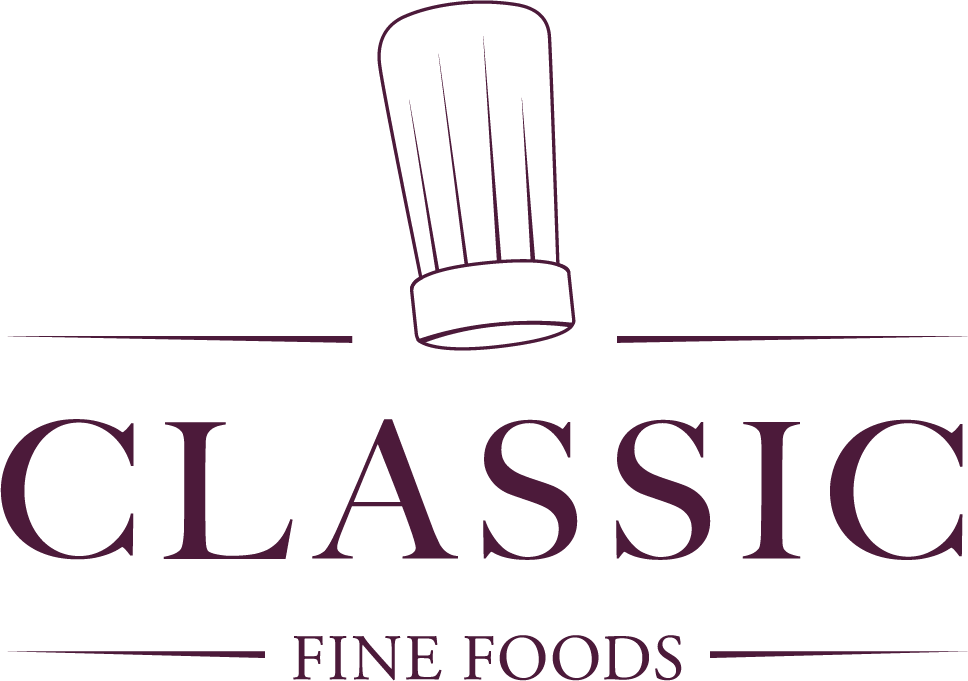History of the milk-fed lamb, a religious icon
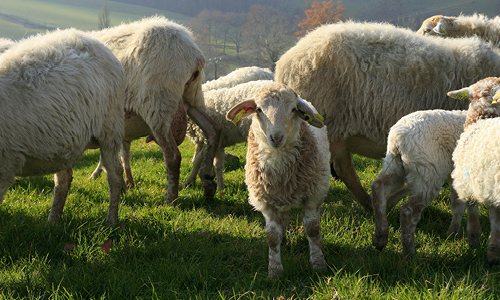
The lamb holds a special place in many religious traditions and represent the sacrifice. Often associated with family festivities especially during major celebrations like Christmas, Easter, or other religious holidays. Its presence on the table is often synonymous with conviviality, generosity and sharing.
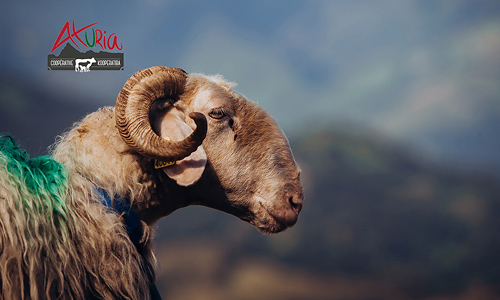
The Axuria Lambs
With over 40 years of history, the cooperative Axuria was founded by dedicated shepherds in 1983. Known for the quality of their lamb meat, they expanded their supply chain to veal and beef in the year 2000. Axuria now boasts 300 farmers to tend to their herd of 50,000 lambs, 1000 veal and 500 beef. The company focus on promoting local, natural, and humane lamb farming to produce the finest Pyrenean milk-fed lamb on the market, highly prized for its exquisite taste and texture.
In 1992 Axuria acquired the ‘Label Rouge’ accreditation, and then more recently in 2012 it received IGP (Protected Geographical Indication). They are the only milk-fed lamb in France to have both accreditations, meaning Axuria has a guarantee of quality.
The season for milk-fed lamb is between November to June. This exclusive French milk-fed lamb is born and raised on a single farm in the Basque Valley of the Soule in Southwest France, following thousand-year-old traditions. The lambs are fed only on their mother’s milk for a maximum of 45 days and received no other form of nutrition such as antibiotic or hormonal treatments. This gives the meat a unique light colour and gentle odour not typical of other lamb. Identification of the animals with the breeder’s name and a tracing document is available to ensure total traceability of the meat.
The lambs are produced from local ancestral breeds adapted to the mountains. The three breads are black-headed Manech, red-headed Manech and Basco-Bearnaise. Axuria has a natural breeding process with no curative or preventative medical treatment given to the animals.
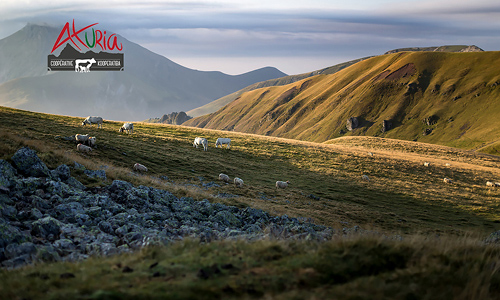
A special time of pastoral life in the Pyrenees: Transhumance
From June to September the herd undergoes an age-old tradition called Transhumance which involves seasonal movements to higher altitudes to graze in a pollution-free environment. This frees up the land for forage preparation and contributes to the maintenance of inaccessible mountain landscapes.
This tradition and seasonality are closely tied to the start of the milk lamb season, when the sheep return down to the farms for early November. Milk production is at its highest at this time of the year, and the farmers make use of this to also produce Ossau-Iraty cheese.
The Cuts
The lamb is divided into three sections for the cuts:
- The Forequarter (Avent) including the Neck (Collier) and the Shoulder (Épaule)
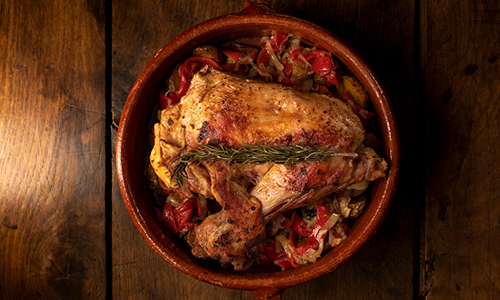
- The Rack / Rib (Coffre) including the Best End and Saddle (Coffre)
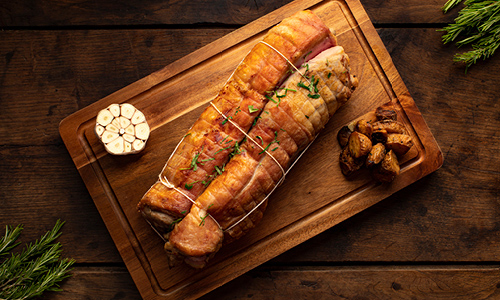

Other cuts include the Boneless Rolled Rack (Coffre Désossé), Half Breast (Demi-Coffre), Half Rack (Demi Carré), Half Rack Trimmed and Cap off, Liver (foie) and Sweetbread (Ris).
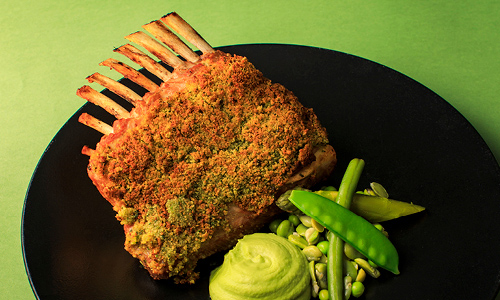
This exceptional lamb is favoured by top chefs worldwide.
- Unique light-coloured meat, as the lamb is exclusively nourished on their mothers’ milk.
- Tender meat as the animal is protected from any stress during transport and waiting times.
- Juicy texture, with a delicate flavour that is less robust compared to older lambs.
- Low-calorie meat that harmoniously combines gastronomic pleasure with health imperatives.
- Suits a variety of cuisines: French, Mediterranean, Nordic or Asian.
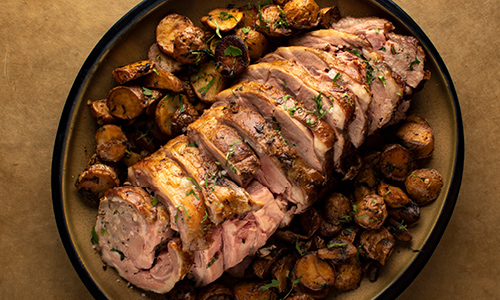
Get your menus ready for Easter by featuring Axuria products in your dishes. Contact your account manager today to find out more. Check out Axuria products here.
